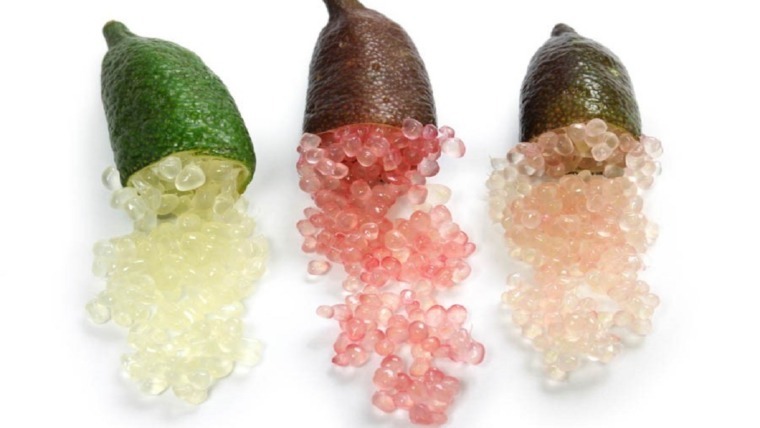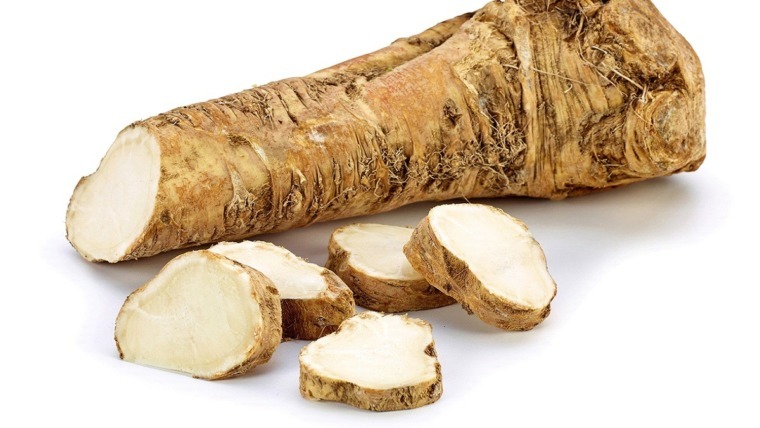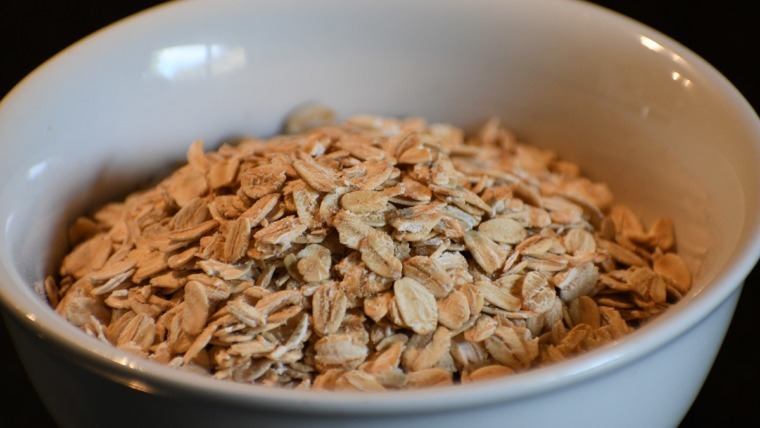
Written by Kevin Kapusi Starow
This has been a popular, or trendy grain for the past five or so years. Due to its gluten free standing, though people still struggle simply to pronounce the name. If you derive nothing other than how to pronounce Quinoa in this article. It will have at least achieved its objective, Quinoa (pronounced Kinwa.)
This is a grain crop cultivated for its seeds, though it is not classed as a true cereal, because it is not considered as part of the grass family. Rather it is closely related to items such as beetroots, and spinach. As the leaves of the Quinoa plant are consumed as a green leafy vegetable, though unfortunately are not commercially available.
Quinoa can trace its heritage back some 3,000 – 4,000 years ago in the Andes from Chile through to Colombia. Being first cultivated for human consumption in the Lake Titicaca region. The grain was held sacred to the Incas who referred to it as “mother of all grains”, though was frowned upon by the Spanish once they conquered South America.
Cooking with Quinoa
While the majority of the quinoa grain sold today has had the bitter saponin coating removed. It is always beneficial to give them a wash to ensure the complete removal of any bitterness.
As a grain it can be used to bulk out salads, as a grain in soups, instead of rice or barley, as a substitute for tapioca, in puddings. It is also fantastic to use in a smoothie or a protein shake, to add a little more body, not to mention the vitamin boost. The grain is found in more and more products from breakfast cereals, breads, pastas, etc.
In its flour, or powdered form it is added to other ingredients such as sorghum, tapioca flour, and potato flour (starch) to mention a few, to create a wheat flour substitute for baked products. The ingredients and quantities vary dependent upon the application. Quinoa flour is also added to wheat flour to produce a low gluten high protein product, again for baking.
There is also Quinoa flakes which are used as breakfast cereal as well as a coating for meats and fish, instead of breadcrumbs.
To me the grain has a negligible taste, though has a great mouth feel and is versatile enough to be used for many culinary applications.
For Health
Quinoa is known as a complete natural protein, and has three varieties whole grain white, red and black. The grain is almost a complete vitamin cabinet in itself containing, have a look at this:
- Contain polyphenols, phytosterols and flavonoids.
- High in dietary fibre.
- Low in fat, omega 6
- Contains manganese, magnesium, iron, copper, potassium, and phosphorus.
- Low GI
- Rich in carbohydrates.
- Contain vitamin E and B group vitamins.
- High in protein
- With essential amino acids, including lysine.
- High ratio of protein as opposed to carbohydrate.
# Information provided by the Grains & Legumes Nutrition Council
Grains have been a staple food and important source of dietary supplements for numerous cultures, over thousands of years. In many countries today, including Australia dietary guidelines encourage the inclusion of grains into a healthy diet. As they contribute significantly to nutrient intake. Quinoa was highly revered for many centuries, being a staple grain for the Incas. Then due to being shunned by the Spanish invaders, it fell out of favour, and perhaps lost the potential for a wider spread use, by other cultures.
It seems like over the past 10 to 15 years that we have re-discovered the grain, or more to the point, it never really left us. The marketing potential of the product was realised and a market outside of traditional ones tapped into. I think it is a positive, and I look forward to the day when the grain reaches a popularity which effects a significant drop in prices, until that day, I will still be eating my cocoa and Quinoa puddings with stewed figs and honey, yes it is as amazing as it sounds.



